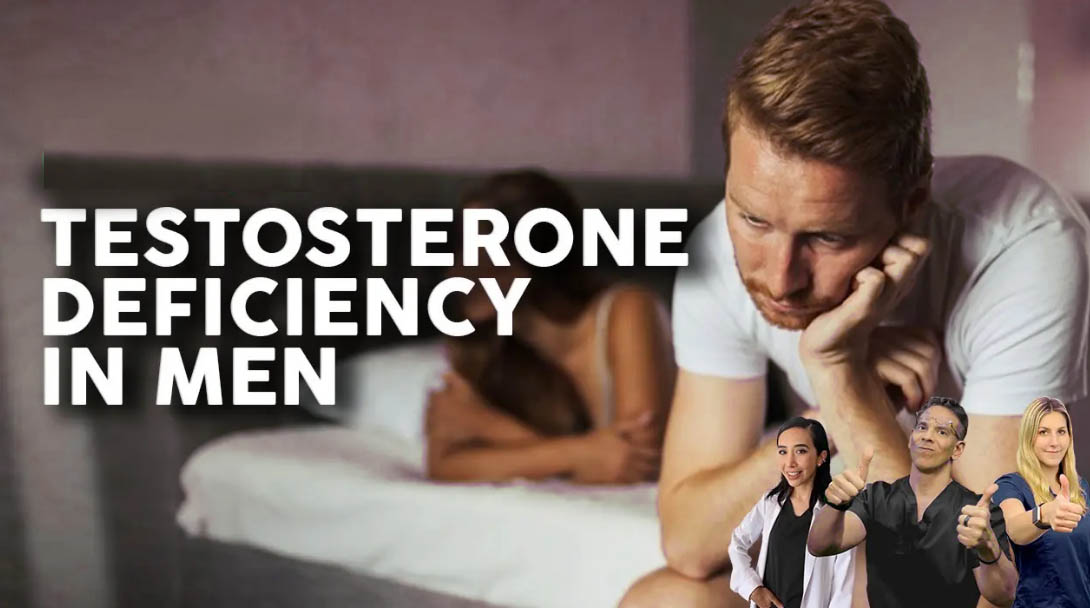Discussions around women’s pelvic health are relatively common – but it’s not so much the case for men. Physiotherapist YIP WAN HUI treats common pelvic health issues in men: chronic pelvic pain, recovery from prostate surgery, urinary incontinence and erectile dysfunction. She explains how physios can help.
#1 Chronic pelvic pain
Symptoms “Men suffering chronic pelvic pain describe feeling spontaneous pain or tightness in the lower abdomen, perineal area, scrotal and/or anal region,” explains Wan Hui. These symptoms can also be felt during urination, with erection, or after ejaculation. Some men also complain of difficult or frequent urination and experience erectile dysfunction or premature ejaculation.
Cause
“A common cause of persistent pelvic pain is tension within the pelvic floor and muscles in the surrounding area,” says Wan Hui, adding that this can be aggravated by new exercises, stress or a bout of prostatitis.
Treatment
“First, I check for tightness within the pelvic floor, hip and back muscles that may be contributing to the symptoms felt,” explains Wan Hui. If present, she prescribes breathing, stretching and manual release to target these areas. Examination for sensitivity of nerves from persistent pain will also be done. “Electrical therapy can be very effective in calming the nervous system to reduce symptoms quickly,” says Wan Hui. The expected outcome is reduced pain, lack of recurrence and improved function.
#2 Recovery after prostate removal surgery
Symptoms
Prostate removal is a lifesaving surgery for men with prostate cancer. But, due to changes in bladder position and nerve function after this procedure, they can experience incontinence and erectile dysfunction.
Treatment
“If possible, start strengthening pelvic floor muscles before surgery as the nerves are still healthy and there’s no pain associated with the procedure yet,” says Wan Hui. Early training can reduce longevity of symptoms after surgery. Post procedure, Wan Hui continues pelvic floor strengthening and works on improving blood flow to the penis to prevent penile shrinkage and improve urinary control and erectile function. She advises that men can be guided to a safe return to activities like golf or other sports without compromising recovery.
#3 Urinary incontinence
Symptoms
Men can experience frequent need to urinate with or without actual loss of urine before reaching the toilet. Another common symptom is dribbling after leaving the toilet.
Cause
“Incontinence can be caused by tight pelvic floor muscles or an overactive bladder,” says Wan Hui. It can be aggravated by being in a colder environment or by drinking caffeine or alcohol, she explains.
Treatment
Pelvic health physios assess the pelvic floor function and drinking and toileting habits to identify contributing factors. “Lifestyle modification such as altering drinking and toileting habits can reduce symptoms quickly,” says Wan Hui. Pelvic floor exercises to reduce tightness and bladder training will be prescribed to improve bladder control. Post treatment, men can expect to regain confidence with bladder control.
#4 Erectile dysfunction
Symptoms
This involves difficulty achieving and maintaining an erection affecting sexual satisfaction for the individual.
Cause
Contributing factors include smoking, ageing, stress, obesity and underlying conditions like diabetes and hypertension. Tight pelvic floor muscles and chronic pelvic pain or pain in the hips and back can contribute as well.
Treatment
“Once doctors rule out vascular and other medical causes, I check to see if tight or weak pelvic floor, hip and/or back muscles are contributing factors to declining function,” says Wan Hui. If so, she prescribes breathing, stretching and manual release to target these areas. Strengthening exercises specific to improving function will also be given. Therapy can complement medication to speed up recovery and prevent reliance.




